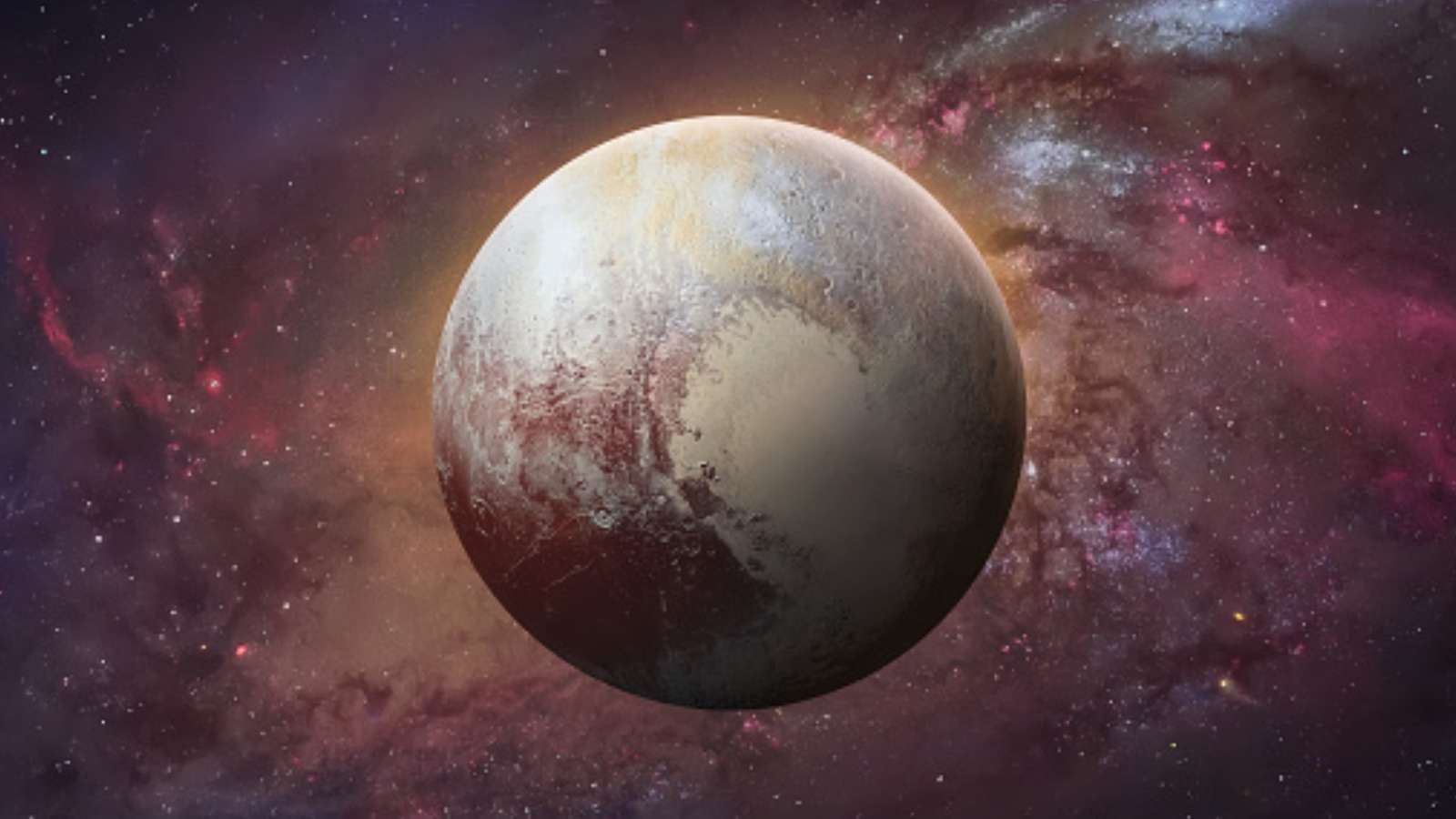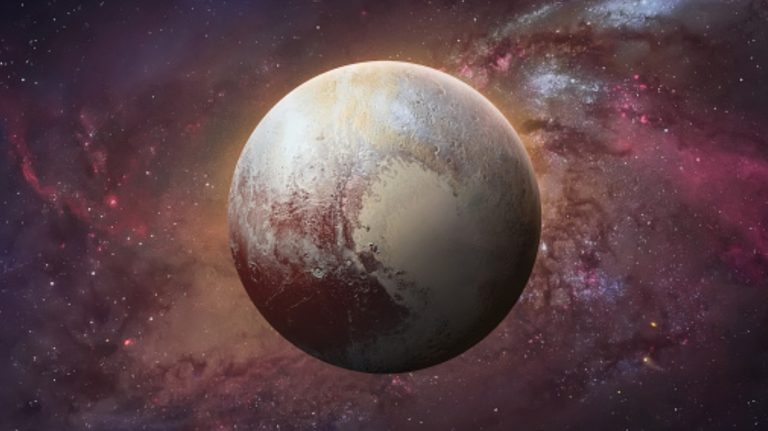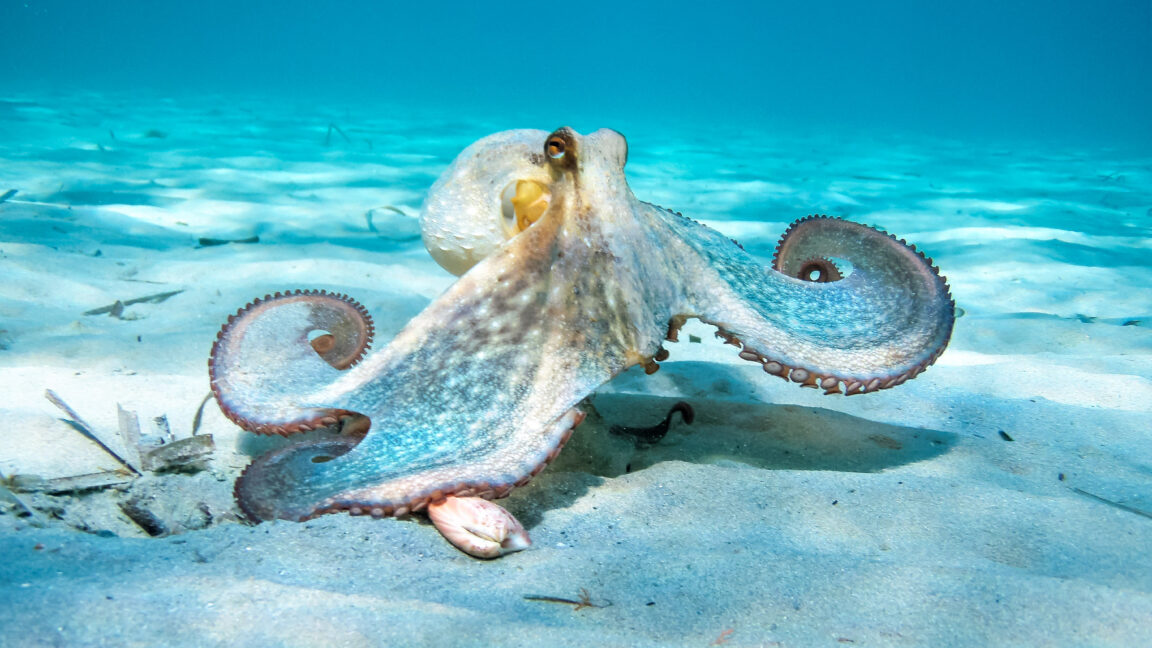Astronomers finally figured out how Pluto cools itself
Pluto might be small and distant, but it keeps surprising scientists. After the New Horizons spacecraft zipped past it in 2015, we got our first … The post Astronomers finally figured out how Pluto cools itself appeared first on BGR.


Pluto might be small and distant, but it keeps surprising scientists. After the New Horizons spacecraft zipped past it in 2015, we got our first real look at its icy landscape and unexpectedly active atmosphere. But even with those discoveries, one question lingered in scientists' minds. How does Pluto regulate its temperature with such a strange environment?
Well, thanks to new data from the James Webb Space Telescope, researchers say they may have found the answer, and it’s pretty wild. Where most planets rely on gases in the atmosphere to regulate their temperatures, researchers believe that Pluto cools itself using haze particles.
See, Pluto’s atmosphere is incredibly thin and made mostly of nitrogen, with traces of methane and carbon monoxide. What makes it special isn’t just its composition, but the presence of a constant haze. This haze is made up of tiny particles, and if the data from James Webb is correct, it does more than just drift around in the cold.
Normally, planetary atmospheres manage temperature through movement and properties of gas molecules, as I mentioned before. But Pluto cools itself differently. As sunlight hits the planet, the haze particles absorb energy and rise. When they cool, they sink again. This up-and-down cycle helps manage the planet’s heat, keeping the atmosphere in a delicate balance.
No other world cools itself this way, as far as we know.
The idea is kind of crazy, but it also isn’t unprecedented. Researchers actually proposed it a few years ago, before we had any proof. That's where James Webb comes in. Recent observations focused on Pluto using mid-infrared wavelengths. The telescope detected the exact type of thermal signals that scientists had predicted.
The haze in Pluto’s atmosphere was indeed radiating heat, just as the theory suggested it would. But these findings tell us more than how Pluto cools itself. They will also force scientists to rethink what’s possible for other hazy worlds. Moons like Titan and Triton, for instance, also have nitrogen-heavy atmospheres and thick hazes. They could be managing their heat in similar ways.
There’s also a deeper link to our own planet. Researchers say Earth’s early atmosphere may have looked more like Pluto’s, filled with nitrogen and hydrocarbons. By studying how Pluto’s haze behaves, researchers might uncover clues about how conditions to support life first formed here on Earth.
The post Astronomers finally figured out how Pluto cools itself appeared first on BGR.
Today's Top Deals
- Best deals: Tech, laptops, TVs, and more sales
- Today’s deals: $149 AirPods 4 with ANC, $199 Bose TV soundbar, $41 mattress topper, $399 Weber grill, more
- Today’s deals: $15 Amazon credit, rare PS5 Pro sale, $263 HP Stream laptop, $298 Sony XM5 headphones, more
- Today’s deals: Nintendo Switch games, $5 smart plugs, $150 Vizio soundbar, $100 Beats Pill speaker, more
Astronomers finally figured out how Pluto cools itself originally appeared on BGR.com on Sun, 8 Jun 2025 at 10:30:00 EDT. Please see our terms for use of feeds.







































































![UGREEN FineTrack Smart Tracker With Apple Find My Support Drops to $9.99 [50% Off]](https://www.iclarified.com/images/news/97529/97529/97529-640.jpg)

![Apple Planning Futuristic 'Glasswing' iPhone With Curved Glass and No Cutouts [Gurman]](https://www.iclarified.com/images/news/97534/97534/97534-640.jpg)















![What Google Messages features are rolling out [June 2025]](https://i0.wp.com/9to5google.com/wp-content/uploads/sites/4/2023/12/google-messages-name-cover.png?resize=1200%2C628&quality=82&strip=all&ssl=1)




























































































_sleepyfellow_Alamy.jpg?width=1280&auto=webp&quality=80&disable=upscale#)


_Michael_Vi_Alamy.jpg?width=1280&auto=webp&quality=80&disable=upscale#)

















































































































![[The AI Show Episode 151]: Anthropic CEO: AI Will Destroy 50% of Entry-Level Jobs, Veo 3’s Scary Lifelike Videos, Meta Aims to Fully Automate Ads & Perplexity’s Burning Cash](https://www.marketingaiinstitute.com/hubfs/ep%20151%20cover.png)










































































































![[DEALS] Internxt Cloud Storage: Lifetime Subscription (85% off) & Other Deals Up To 98% Off – Offers End Soon!](https://www.javacodegeeks.com/wp-content/uploads/2012/12/jcg-logo.jpg)


















































![From electrical engineering student to CTO with Hitesh Choudhary [Podcast #175]](https://cdn.hashnode.com/res/hashnode/image/upload/v1749158756824/3996a2ad-53e5-4a8f-ab97-2c77a6f66ba3.png?#)



















.png?width=1920&height=1920&fit=bounds&quality=70&format=jpg&auto=webp#)



.jpg?width=1920&height=1920&fit=bounds&quality=70&format=jpg&auto=webp#)






































































